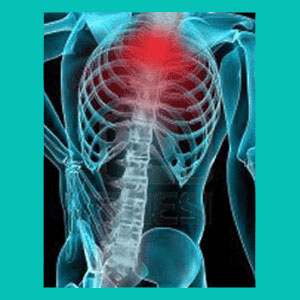
Cox Technic for herniated discs is one of the first effective forms of spinal decompression used to reduce the symptoms of intervertebral pathology, including herniation and degeneration. Cox Technic, also known as Cox Decompression or Distraction, has been used in clinical practice since the 1960s and remains the most popular type of chiropractic decompression therapy in the world today.
Cox Distraction demonstrates some distinctive advantages over other types of nonsurgical spinal decompression treatment for herniated discs. Better still, it really does not demonstrate any downsides compared to the same systems of decompression. This fact makes Cox a real contender as an ideal treatment for patients with specific symptomatic criteria.
This discussion explores the application of Cox Technic in patients who specifically suffer from spinal disc herniations and degeneration. We will provide an evaluation of the benefits of Cox Distraction, as well as some considerations that every patient should know before starting care.
Cox Technic for Herniated Discs Explained
Cox Technic is a proprietary form of spinal decompression that seeks to increase the space between vertebral bones, relieving pressure on compressed nerves due to foraminal stenosis of any variety. Cox utilizes a decompression table, but unlike the more modern forms of nonsurgical spinal decompression, the table is manually controlled by the chiropractor treating the patient, who remains in full contact with the patient’s body at all times.
Cox uses controlled force applied to each intervertebral level to separate the spinal bones. The treatment is slow and does not cause pain in the vast majority of patients and treated conditions. Cox is not only used for treating herniated discs, but also for a wide range of conditions that may create spinal and foraminal stenosis, such as general arthritis and facet joint deterioration.
Cox Technic for Herniated Discs Benefits
Cox Distraction can indeed help to decompress spinal levels, helping to temporarily or even permanently relieve pressure on spinal nerve roots. Cox is proven to be effective for a range of back and neck pain conditions and demonstrates its very best treatment statistics for disc conditions like herniations and degenerative disc disease.
Cox Distraction is nonsurgical and nonpharmaceutical, providing a huge advantage when compared to invasive or drug therapies. The treatment is considered to be safe and has been tested in clinical practice over a very long timeline. Best of all, the therapy has propagated worldwide, allowing patients to find care when and where they might need it.
Cox is generally a short-term therapy, with patients receiving targeted care for several weeks to several months. However, if symptoms return, Cox can be resumed and used recurrently as necessary to provide relief over long timelines of care.
Finally, Cox is far less expensive than modern machine-controlled spinal decompression, such as DRX9000, AccuSpina, Antalgic Trak, Hill DT and VAX-D.
Cox Technic Considerations
Cox does not work for every patient, just like normal chiropractic treatment. Cox may provide a cure, but it may not. Symptoms might recur even in cases where pain is reduced temporarily following care. Some patients may be best off seeking surgical care for specific types of herniated discs, although these are rare case profiles.
Cox is great for people who have phobias about the machines used during most other types of spinal decompression. Cox is much less intimidating and is therefore great for patients who have had bad experiences with machine-controlled decompression systems.
As with most other manual forms of therapy, the skill of the care provider will factor largely into the results offered. Therefore, patients are advised to look for a reputable and highly experienced doctor when seeking Cox Technic for herniated disc care.
Herniated Disc > Spinal Decompression > Cox Technic for Herniated Discs




